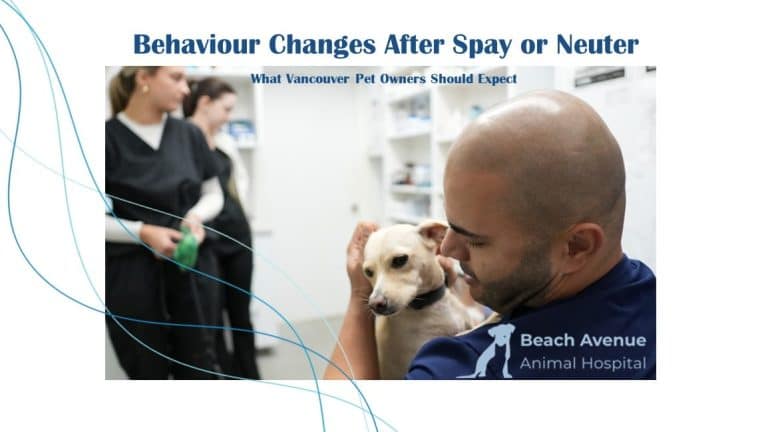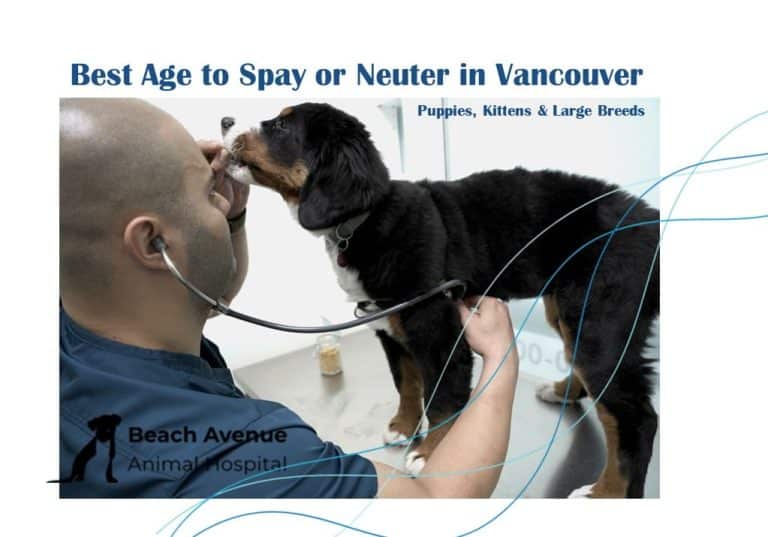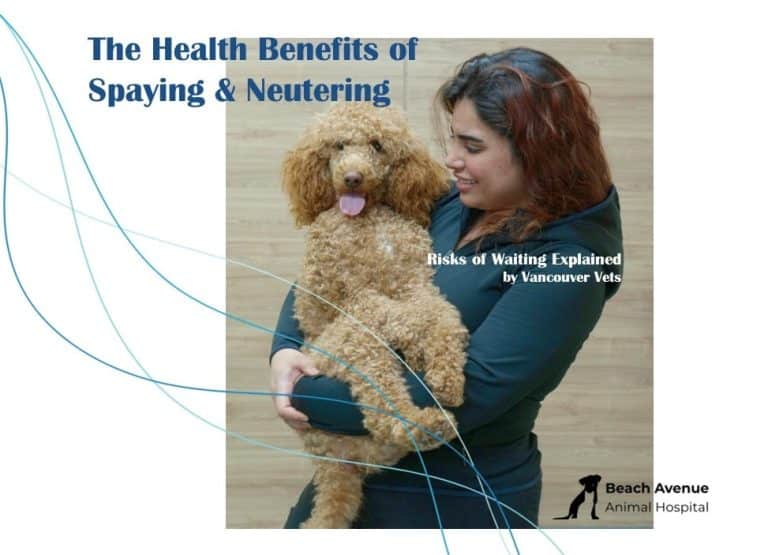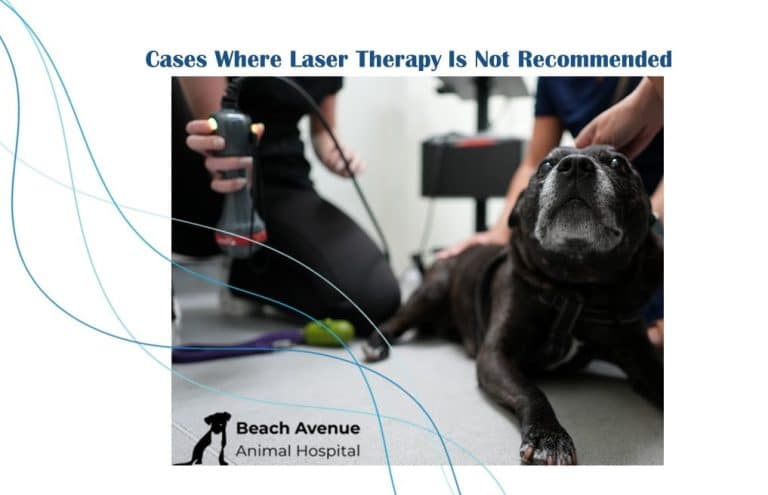The Best Age to Spay a Dog — And Why Timing Matters
Spaying your dog is one of the most important decisions you’ll make as a pet owner. While the procedure itself is routine, the timing of it can significantly impact your dog’s long-term health, behavior, and even longevity. At Beach Avenue Animal Hospital, we’re here to help you understand the best age to spay your dog and why it matters.
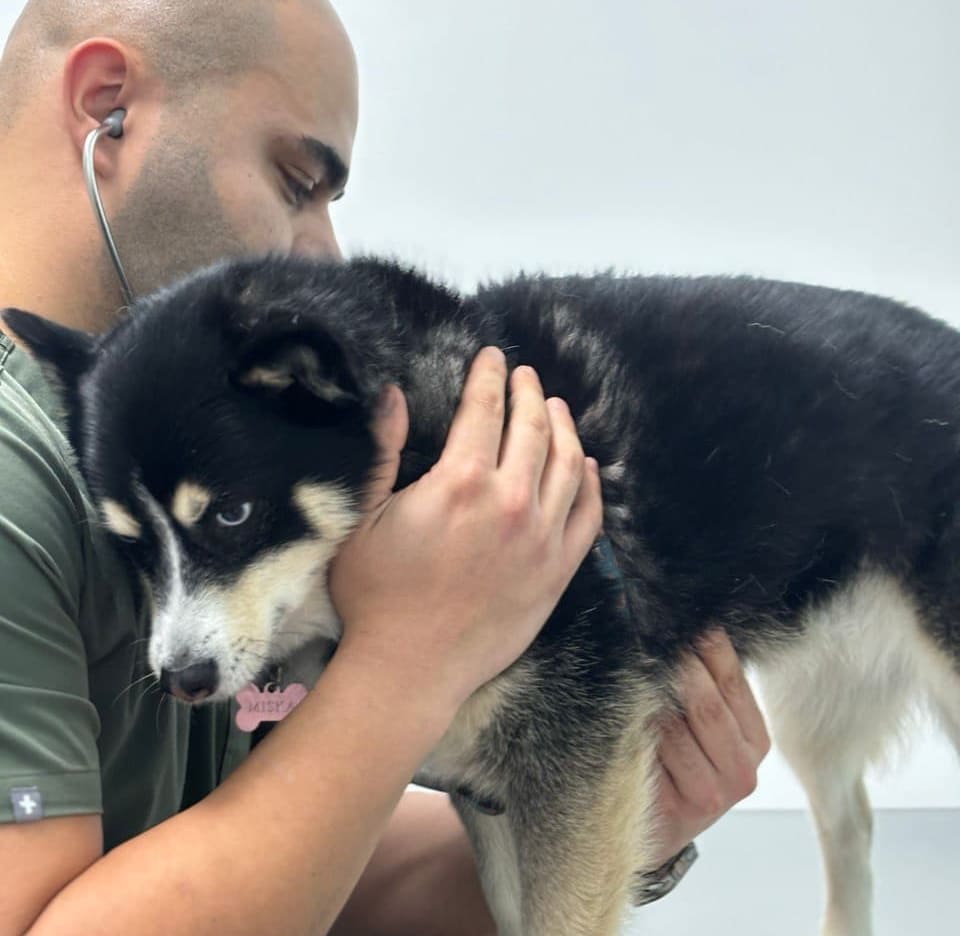
What Does Spaying a Dog Involve?
Spaying, also known as an ovariohysterectomy, is the surgical removal of a female dog’s ovaries and uterus. This prevents reproduction and helps reduce the risk of several serious health conditions. It’s a common, low-risk procedure when performed by trained professionals. Our experienced veterinary team performs spays as part of our comprehensive surgical services, using modern techniques and a compassionate approach.
What Is the Best Age to Spay a Dog?
The ideal age to spay a dog varies depending on several factors, especially breed and size. General veterinary guidelines recommend:
- Small-breed dogs: Spay between 6 to 9 months of age
- Large-breed dogs: Consider spaying closer to 12 to 18 months
This variation exists because larger breeds mature more slowly and may benefit from delaying spaying until their growth plates close. For many small dogs, early spaying (before their first heat cycle) offers added protection against health issues like mammary tumors.
Factors That Influence Timing
Every dog is unique, so there’s no one-size-fits-all answer. The best age to spay your dog depends on:
- Breed and adult size
- Health history and current medical condition
- Lifestyle (indoor vs. outdoor, exposure to other dogs)
- Behavioral traits and training goals
Our veterinarians at Beach Avenue Animal Hospital can help assess your dog’s individual situation to recommend the safest and most beneficial timeline.
Risks of Spaying Too Early or Too Late
Like any medical decision, timing has pros and cons. Spaying too early may increase the risk of joint issues in large breeds or urinary incontinence in some dogs. On the other hand, waiting too long may raise the risk of uterine infections (pyometra) or mammary gland tumors—especially if your dog experiences multiple heat cycles.
That’s why it’s essential to consult your vet—not just Google.
Why Timing Matters for Your Dog’s Health
Timing affects more than just reproductive health. Spaying at the right stage of development can:
- Lower the risk of hormone-related cancers
- Help avoid risky pregnancies
- Reduce stress and behavioral issues linked to hormonal cycles
- Improve long-term joint and bone health in larger breeds
Our team at Beach Avenue Animal Hospital bases recommendations on the latest veterinary research and decades of clinical experience, ensuring your dog receives personalized care.
What to Expect Before and After Surgery
Before surgery, we’ll provide clear instructions on fasting, pre-op exams, and what to expect the day of the procedure. Post-op recovery is usually quick—most dogs are back to their usual selves within 2–3 days.
Compassionate Spay Services in Vancouver
At Beach Avenue Animal Hospital, we’re committed to responsible, compassionate care. Whether your dog is a tiny puppy or a full-grown giant breed, we’ll guide you on when and how to proceed with spaying safely. We also offer low-cost options for qualifying clients and collaborate with local organizations to make care more accessible.
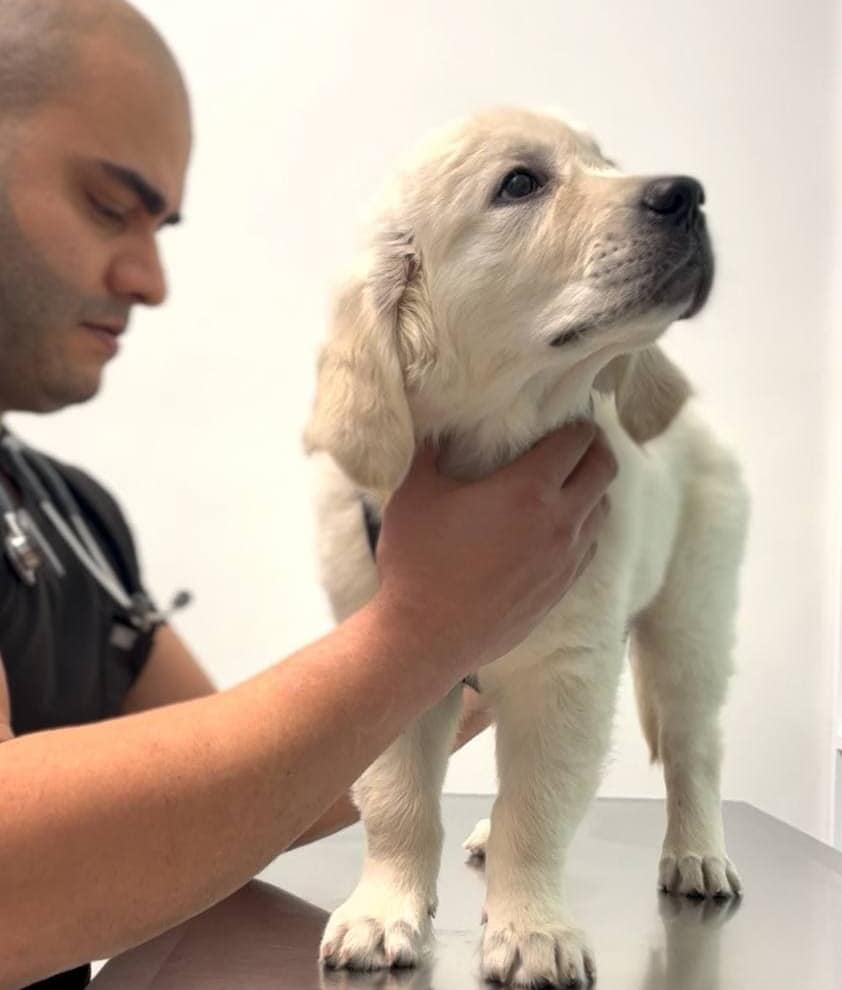
Spaying your dog at the right age is a key part of lifelong health and wellbeing. While general guidelines are helpful, your dog deserves a tailored approach. Ready to make the best choice for your pup?
FAQs
-
What is the best age to spay a female dog?
Most small to medium-breed dogs can be safely spayed between 6 to 9 months of age. Large-breed dogs may benefit from waiting until they are 12 to 18 months old. -
Is it safe to spay a dog before her first heat?
Yes, spaying before the first heat is generally safe and can reduce the risk of developing mammary tumors later in life. -
Can spaying too early cause problems?
In some cases, especially for large-breed dogs, early spaying may be linked to joint problems or urinary incontinence. Timing should be discussed with a veterinarian. -
What are the benefits of spaying a dog?
Spaying can prevent unwanted litters, reduce the risk of reproductive diseases, and help decrease behaviors like roaming and heat cycles. -
Does spaying affect a dog’s personality?
Spaying can reduce hormone-driven behaviors, but it does not typically change a dog’s core personality traits. -
How long does recovery take after spaying?
Most dogs recover well within 2 to 3 days, with full healing generally taking about 10 to 14 days. -
Can I walk my dog after she’s been spayed?
Short, gentle walks may be allowed a few days after surgery, but strenuous activity should be avoided for at least 10 days. -
Is spaying painful for dogs?
The procedure is performed under anesthesia, and pain is managed with medication. Most dogs are comfortable and recover quickly. -
How much does it cost to spay a dog?
The cost can vary depending on the dog’s size, age, and the clinic. It’s best to contact a veterinary clinic directly for pricing. -
Where can I get my dog spayed?
Most veterinary hospitals and animal clinics offer spaying services. Choose one with experienced staff and a good reputation for surgical care.


